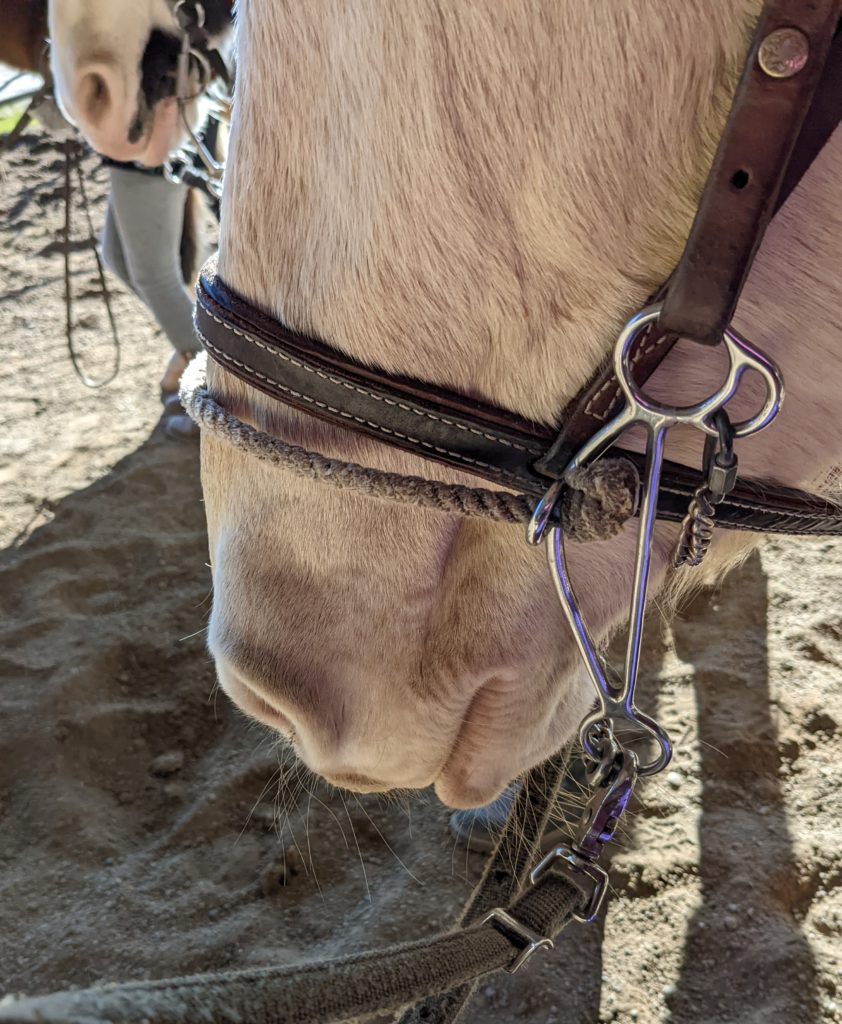
Along time ago and in a place far far away, I supported an awesome network of folks at Floodplains by Design. When the pandemic hit we did a lot of the proverbial pivoting. Network work often entails a lot of meetings and we moved everything online. We ran a series of online facilitation workshops in 2020 and in 2021 and lo and behold today I resurfaced the videos of the sessions. The 2020 series was positioned as “Virtual Coffees” and the 2021 series was called the “Collaboration Campfire!” If you are so inclined, take a stroll through the videos here: https://vimeo.com/user142408470
Here are a few of the things that stand out for me from those two years of constant pivoting.
- A small but consistent core of community leaders are the glue that enables intermittent and even one time participation to have value. Our co-chairs and core members provided consistency, stability and network weaving through their wonderful relationships.
- The community core (plus guests) designs as a TEAM, not the external facilitator designing and delivering. Team design yields experiences that meet a range of needs rather than one championed by a single designer.
- Find that balance between process and content. Content is essential for the technical floodplains work, but the social bonds between members is nurtured through process.
- Vary the process, but not everything, all the time. We used a lot of Liberating Structures and we would try and use a structure more than once, but not the same set or string of structures every time. This gave both comfort (familiarity) and variety. More importantly, it built capacity for folks to go back and use the process on their home turf. Or river, as it were.
- Don’t over-pack the agenda. Oi, some day we will all integrate this learning into our practices!
- Reflect and learn after every round. There is always room for new insights and ways of doing things.
- Celebrate!


